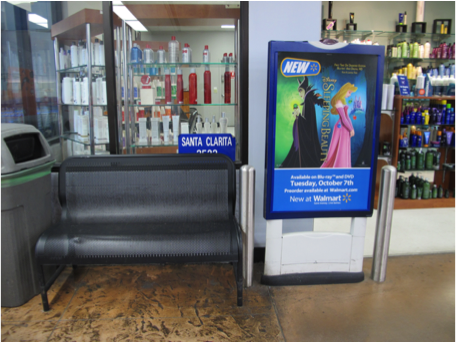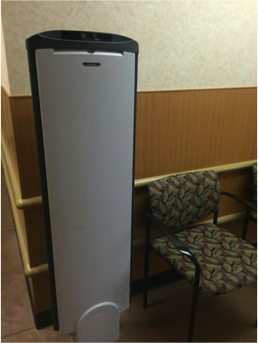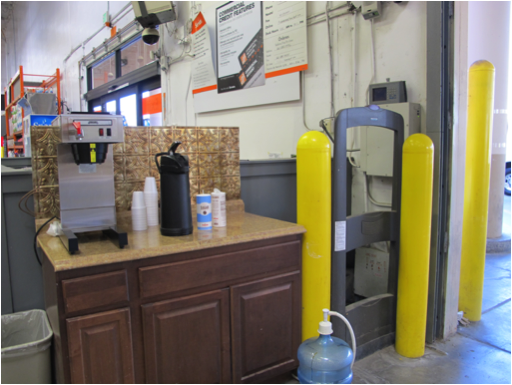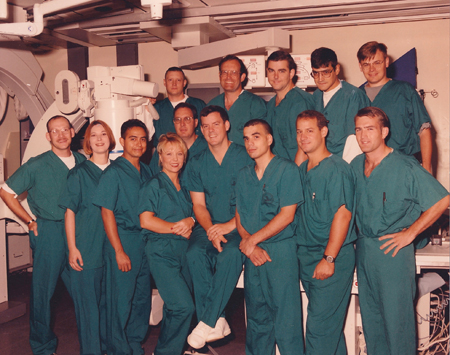As the physician groundswell of opposition to the ABMS's proprietary MOC program grows, physicians (especially younger physicians) must understand the complex forces that are intervening between the doctor and patient. The ABMS/ABIM Maintenance of Certification Program is just one of these forces. I encourage all doctors to educate themselves by reviewing the materials collected about MOC at changeboardrecert.com. It's an excellent resource from a variety of physician voices around the United States. Overseas doctors, too, should be aware that the ABIM is extending its tentacles there as well (video), all without any independently-verified evidence base upon which to impose their program as a physician quality or patient safety measure. Doctors must understand the importance of becoming more involved in preserving our profession by becoming more politically engaged.
It is interesting that the AMA just adopted the following new "Principles for MOC" in their press release of 10 Nov 2014:
The MOC principles will now include:On first blush, this seems so promising. But we should appreciate that the ABMS and ABIM was an earlier spin-off of the AMA, making those of us familiar with these facts suspect.
The American Board of Medical Specialties (ABMS) is the organization responsible for developing the MOC process. ABMS works with its 24 member boards in the ongoing evaluation and certification of physicians.
- MOC should be based on evidence and designed to identify performance gaps and unmet needs, providing direction and guidance for improvement in physician performance and delivery of care.
- The MOC process should be evaluated periodically to measure physician satisfaction, knowledge uptake, and intent to maintain or change practice.
- MOC should be used as a tool for continuous improvement.
- The MOC program should not be a mandated requirement for licensure, credentialing, payment, network participation or employment.
- Actively practicing physicians should be well-represented on specialty boards developing MOC.
- MOC activities and measurement should be relevant to clinical practice.
- The MOC process should not be cost-prohibitive or present barriers to patient care. The policy encourages specialty boards to investigate alternative approaches to MOC and directs the AMA to report annually on the MOC process.
AMA policy supports physician accountability, life-long learning and self-assessment. The AMA will continue to work with the appropriate organizations to ensure the MOC process does not disrupt physician practice or reduce the capacity of the overall physician workforce. In June, the AMA and ABMS convened stakeholders in Chicago to discuss Part III of the MOC exam, focusing on the value of MOC Part III and innovative concepts that could potentially enhance or replace the current thinking around the secure exam requirement of MOC.
Similarly, the Pennsylvania Medical Society, just released their "statement of principles" for MOC that sound eerily similar:
The Pennsylvania Medical Society is committed to lifelong learning, cognitive expertise, practice quality improvement, and adherence to the highest standards of medical practice. The Pennsylvania Medical Society supports a process of continuous learning and improvement based on evidence-based guidelines, national standards, and best practices, in combination with customized continuing education.While these "principles" from the AMA and the Pennsylvania Medical Society address many of physicians' concerns regarding these programs, both potentiate the concept of Maintenance of Certification (MOC), despite the many problems we've identified with this "program" to date (see here, here, here, and here for starters).
The Maintenance of Certification (MOC) process should be designed to identify performance gaps and unmet needs, providing direction and guidance for improvement in physician performance and delivery of care.
The Maintenance of Certification (MOC) process should be evaluated periodically to measure physician satisfaction, knowledge uptake and intent to maintain or change practice. Board certificates should have lifetime status, with Maintenance of Certification (MOC) used as a tool for continuous improvement.
The Maintenance of Certification (MOC) program should not be associated with hospital privileges, insurance reimbursements or network participation.
The Maintenance of Certification (MOC) program should not be required for Maintenance of Licensure (MOL).
Specialty boards, which develop Maintenance of Certification (MOC) standards, may approve curriculum, but should be independent from entities designing and delivering that curriculum, and should have no financial interest in the process.
A majority of specialty board members who are involved with the Maintenance of Certification (MOC) program should be actively practicing physicians directly engaged in patient care. Maintenance of Certification (MOC) activities and measurement should be relevant to real world clinical practice.
The Maintenance of Certification (MOC) process should not be cost prohibitive or present barriers to patient care.
Neither of these "principles" insist on researching the unintended negative consequences of the MOC program on physicians should they fail to re-certify, especially since failure rates of this program is 22%.
So why have these two prominent organizations suddenly produced these two similar documents? Might it be to distance themselves from anti-trust concerns with MOC that continue to weave themselves through the courts? Might it be because they see the ABIM becoming irrelevant as more revelations of the management of these organizations comes to light? Might the AMA still want to perpetuate the loss of physician autonomy to gain favor with large hospital systems that are being created by our new health care law today?
We must wonder.
These are big issues. For young doctors overwhelmed with the realities of beginning practice, taking another test seems the easier option than confronting these realities. But all of us as treating doctors must not sit idly by as our autonomy is increasingly usurped and corrupted to benefit the system rather protecting the real health care needs of our patients.
-Wes



